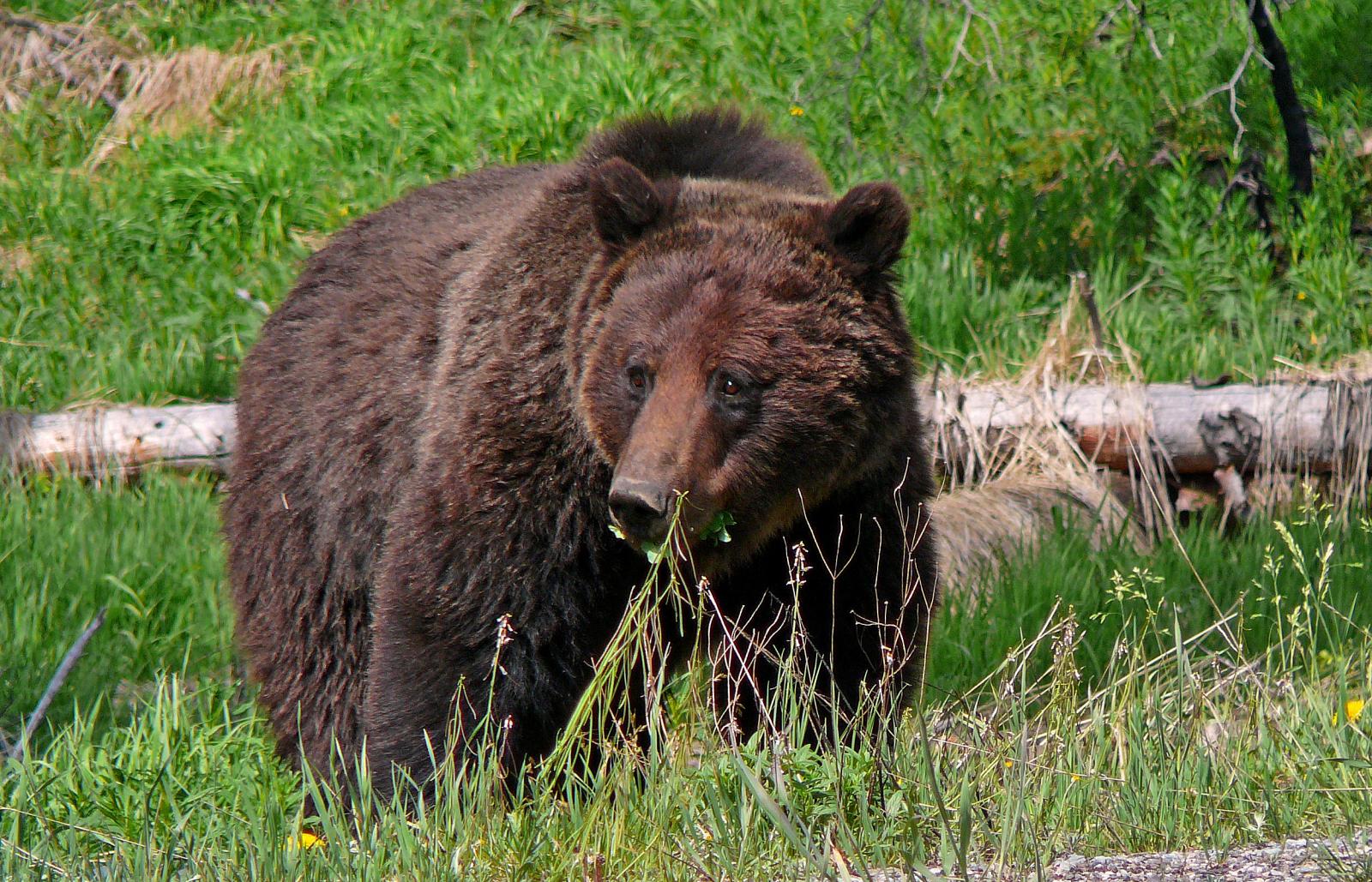WDFW statement March 21, 2024
Today, the National Park Service (NPS) and U.S. Fish and Wildlife Service (USFWS) published a final Environmental Impact Statement (EIS) that identifies the preferred alternative to reintroduce grizzly bear into the North Cascades Grizzly Bear Recovery Zone, including North Cascades National Park. The action alternative includes establishment of an experimental population under section 10j of the Endangered Species Act. A determination on the 10j rule and the final record of decision on the EIS will be released at another date.
The Washington Department of Fish and Wildlife (WDFW) worked with these federal partners in the EIS process, contributing technical assistance and local expertise that helped scope and evaluate the proposed alternatives and possible impacts.
If the federal entities move forward to implement their preferred alternative, WDFW will work with them to respond to human-grizzly bear conflict that may arise as well as support scientific monitoring and outreach to local communities and recreationists.
“WDFW is dedicated to our role to conserve and manage wildlife in Washington, including for grizzly bears. By selecting an action alternative that includes the 10j rule, the federal agencies have set the stage for significant management flexibility should restoration implementation occur,” said Eric Gardner, WDFW Wildlife Program Director.
Under a Washington state law (RCW 77.12.035), WDFW may not transplant or introduce grizzly bears into the state and may only use bears native to the state for management programs. In addition, WDFW must engage in all discussions with federal and state agencies relating to grizzly bear management.
WDFW has been working on outreach and education, sanitation efforts, monitoring populations and other recovery implementation activities for decades, including efforts to reduce negative human-grizzly bear interactions.
WDFW continues to work with the USFWS to manage the grizzly bear population in northeast Washington’s Selkirk Mountains and continue efforts to recover the species as outlined in federal recovery plans.
Media contact: Communications Division
